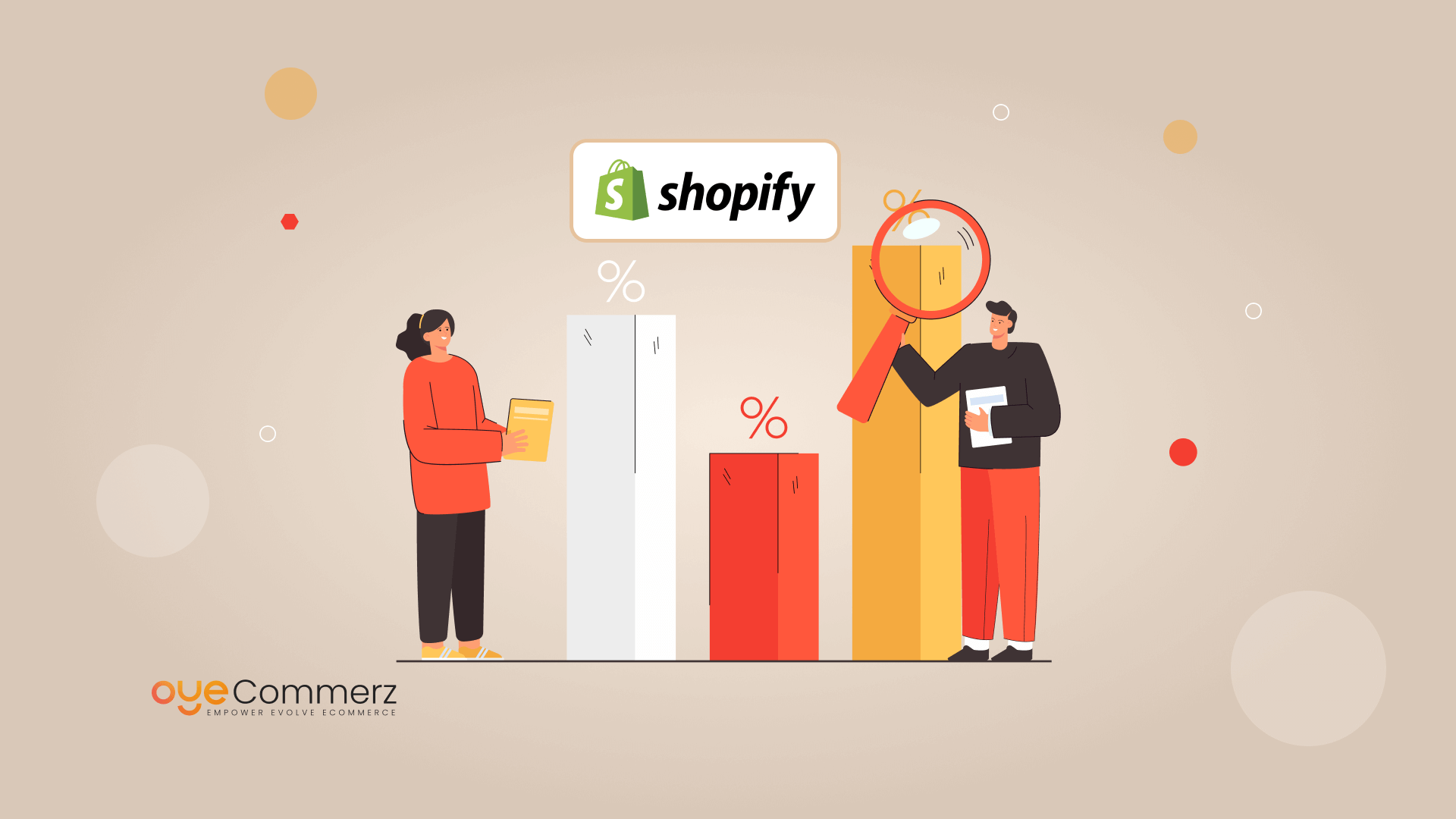
Introduction
In today's highly competitive e-commerce market, Shopify sellers are continually looking for ways to increase profits and streamline their operations. An impactful method is through custom Shopify apps tailored to meet unique requirements. Connecting with the Shopify API and leveraging tools like the Polaris design system, these apps empower businesses to grow sustainably while boosting customer experience. In this article, we’ll dive into essential elements of Shopify application creation, from visual design concerns and key components to effective methods for upkeeping and expanding app capabilities efficiently.
1. Comprehending Shopify API Connection
A strong understanding of Shopify’s API—involving Representational State Transfer and GraphQL—is essential for building robust Shopify applications. With these interfaces, developers can retrieve, change, and handle information within a Shopify store. The Graph Query Language interface enables optimized data handling, allowing for speedier replies by retrieving only the necessary elements. Connecting the API allows app creators to adapt app features to the business’s specific demands, providing a seamless customer interaction that improves store efficiency and sales.
2. Employing the Polaris framework
Shopify’s Polaris design system enables app creators to create a cohesive and user-friendly interaction across Shopify apps. Polaris provides a range of components and recommended practices that fit with Shopify’s branding, allowing apps feel integrated within the Shopify environment. This strategy not only enhances intuitive app navigation but also aids ensure branding uniformity, an essential aspect in building credibility with clients.
3. Building within the Shopify Application Network
The Shopify app ecosystem is extensive, permitting developers to build embedded Shopify applications that work within a business’s management system. Embedded apps optimize the user experience by linking directly within Shopify’s dashboard, cutting down on the requirement for distinct sign-ins or further browsing. For developers, employing Node.js for behind-the-scenes processes and React.js for the UI has become a preferred option, as these frameworks enable growth-ready, responsive apps that deliver an top-notch user experience.
4. Key Components for Shopify Applications
A successful Shopify app must have functionalities that address critical issues in the e-commerce journey. Automated notifications for immediate alerts, bespoke design customization options, and multi-platform sales options are essential elements that can boost operational control and customer experience. By adding these functions, Shopify applications not only optimize business processes but also boost the shopper's journey.
5. Effective Approaches for Creating Shopify Apps
When developing Shopify apps, it’s crucial to follow standard guidelines. Support plans such as consistent improvements, client help, and protection protocols are critical for sustaining user trust. Digital marketing for Shopify apps can also be leveraged to increase app reach and downloads. Interaction boosters, like prompt messages and incentive plans, are essential for retaining users and creating a devoted following.
6. Growing Shopify Applications for Growth
As Shopify shops expand, expanding app capabilities becomes essential to accommodate increased traffic and functionality demands. Using serverless architecture and prioritizing efficient data handling through GraphQL can support apps grow without lagging. It’s also necessary to have a strategy for scaling the app’s backend systems to manage increased demand, that involves a list for selecting a development partner with background in Shopify apps.
7. Understanding the Investment of Developing Shopify Applications
Developing Shopify app scaling custom Shopify apps can vary significantly in cost depending on the capabilities, connections, and personalization needed. Key elements like backend linkages, client-facing features, and digital marketing capabilities can increase expenses. However, the profit potential is often beneficial, as these applications can immediately boost revenue and simplify store operations.
8. Upkeep Approaches
Keeping apps updated is as important as initially building it. Ongoing improvements to resolve bug fixes, boost safety, and ensure compatibility with the current Shopify framework are essential. Planned support measures also involve user assistance and function upgrades that keep up with the digital retail landscape.
9. Platforms for Creating Shopify Apps
Shopify offers multiple options to ease the creation workflow, from software platforms like Node.js and React to automated notifications for instant alerts. Platforms including Shopify’s CLI enhance the development workflow, while Shopify App Bridge enables embedded apps to work smoothly with Shopify’s management dashboard. These options are essential for developing solutions that are both functional and intuitive.
10. Upcoming Innovations in Shopify App Development
The future of Shopify application building is bright, with new directions pointing towards artificial intelligence capabilities, expanded multi-platform integration, and new application add-ons. As digital retail progresses, developers will need to stay ahead the changes to develop solutions that go beyond meet but outperform user expectations.
Final Thoughts
Tailored applications for Shopify give a powerful method for digital retailers to grow effectively, drive profits, and enhance workflows. From API integration and the Polaris design system to advanced features Shopify tools from Oyecommerz and support methods, each aspect of Shopify app development plays a key role in delivering a smooth journey for customers. As Shopify keeps evolving, keeping up with upcoming innovations in application creation will enable organizations make the most of Shopify’s powerful ecosystem, strengthening their position in the digital retail industry.
Comments on “Increase Revenue and Efficiency with Tailored Shopify Apps Built to Scale”